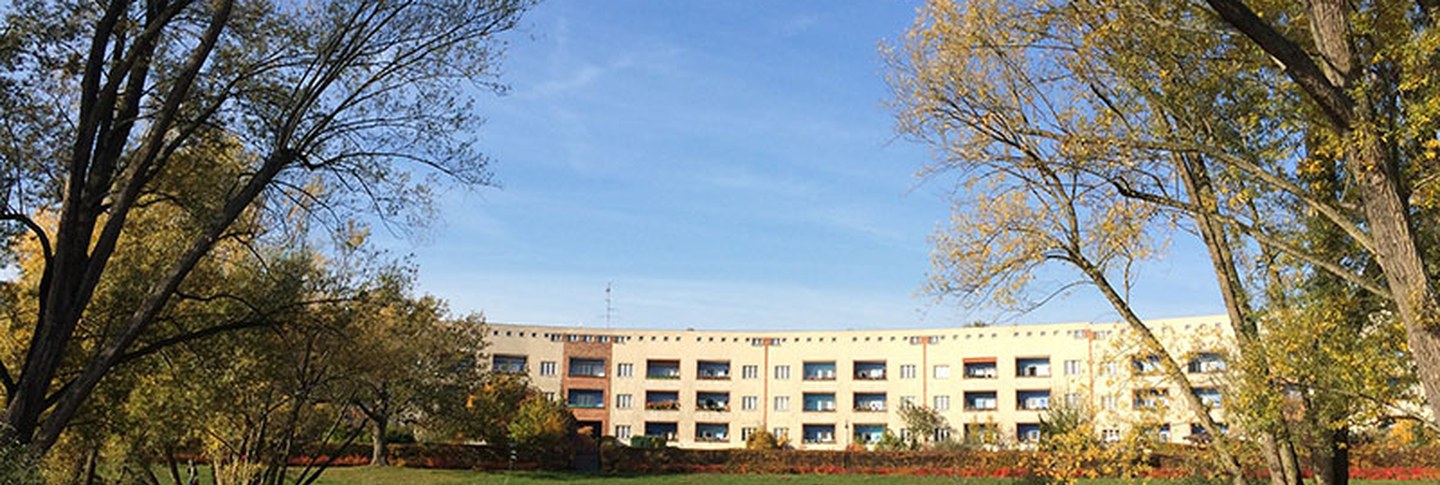In 1872, Friedrich Engels, coauthor with Karl Marx of The Communist Manifesto, made a contribution to ongoing debates about the lack of adequate and affordable housing for working-class individuals in industrial areas across Europe. In a series of articles titled “The Housing Question,” Engels positioned the problem as a “symptom of the industrial revolution” and the mode of production driving it: industrial capitalism, a version of capitalism marked by the decline of handicraft and the rise of factories and mechanized division of labor. The familiar sight of workers and their families living in squalor, Engels suggested, could only be addressed through a comprehensive social revolution. “[Only] by the abolition of the capitalist mode of production,” he wrote, “is the solution of the housing question made possible.”
What relevance does this statement have within the crisis of housing affordability in the late twentieth and early twenty-first centuries, especially after the events surrounding the depression of 2008? This was the subject of a recent international housing forum in Berlin called the Wohnungsfrage Academy (“Housing Question”), which took place at the Haus der Kulturen der Welt from October 22nd to 28th.
The event, which intended to raise questions rather than propose concrete solutions, included artists, activists, architects, and journalists as well as scholars from various academic disciplines. Far from a conventional academic conference, it included exhibitions, including House Housing: An Untimely History of Architecture and Real Estate in Twenty-Nine Episodes by the Buell Center at Columbia University and two commissioned works by artist Amie Siegel, as well as presentations, lectures, intensive workshops on topics such as refugee housing and the right to the city, and guided excursions to some of the most important experiments in mass housing in twentieth-century Berlin.
Wohnungsfrage provided a model for the benefits of presenting nuanced research in novel and more publicly accessible ways. It also demonstrated the centrality of housing to the field of urban landscape studies, which is the focus of the new Mellon Initiative at Dumbarton Oaks. The question of housing, of course, always goes beyond the house itself; it includes the social, cultural, economic, environmental, and political ideas that shape our built and natural environments and, in turn, influence the ways we perceive the spaces in which we live and work. It is impossible, then, to consider housing without also considering landscape. The two must be thought of together.

